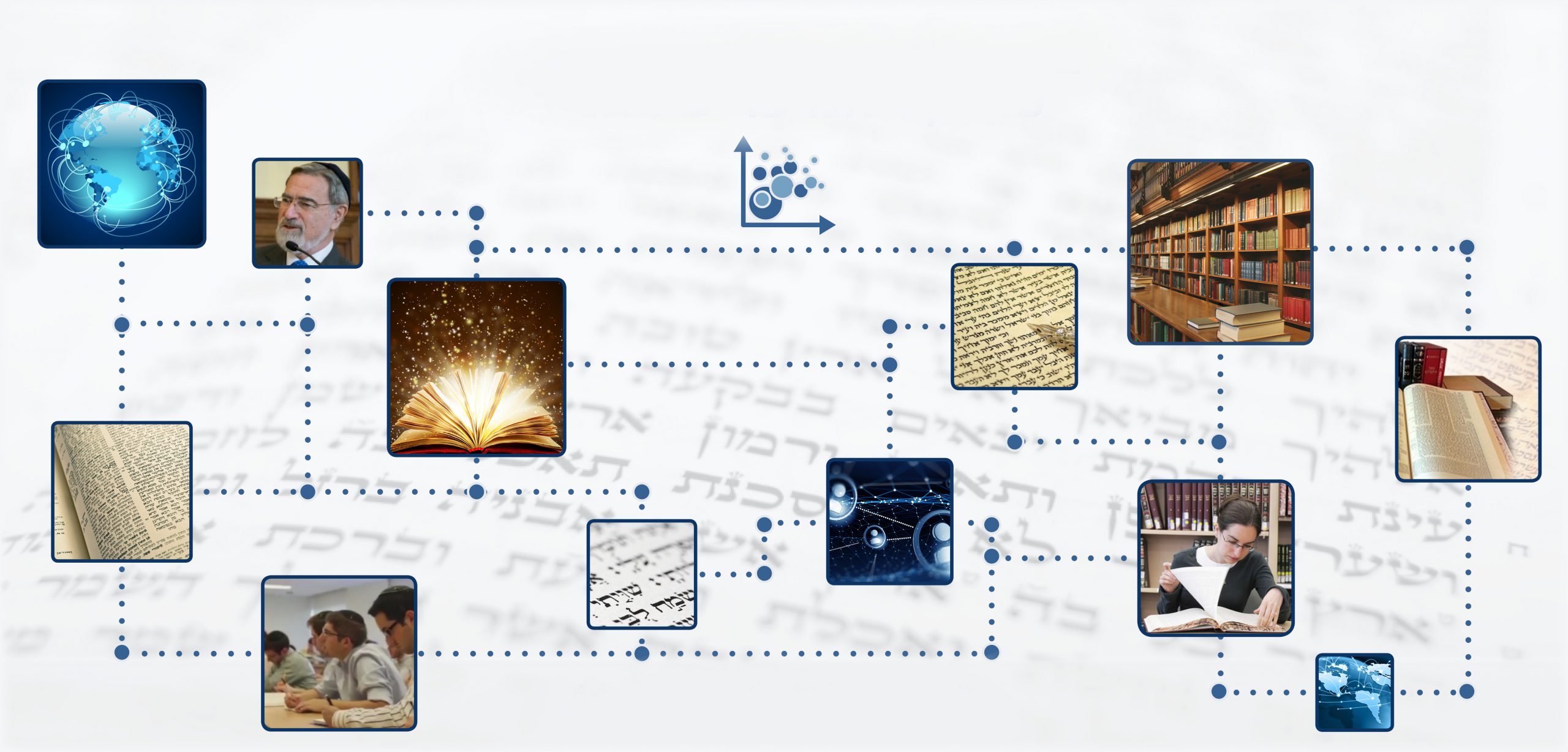A short compendium of the Halakhot (Laws) and Minhagim (Customs)
of Chanuka in downloadable and browsable form
links to valuable resources sourced from various Torah learning websites
GATEWAYS TO TORAT HAYIM
CONNECTING PEOPLE TO JEWISH TEACHINGS AND RESOURCES
A LISTING OF TORAH WEBSITES
CATEGORIZED BY AREA OF INTEREST
A CURATED COLLECTION OF EXCERPTS,
FROM A BROAD SPECTRUM OF TEACHINGS
BY RABBIS, SCHOLARS, AND JEWISH INSTITUTIONS
INSPIRING STORIES
TO STRENGTHEN OUR CONNECTION WITH HASHEM
PHYSICS AND QUANTUM PHYSICS
GATEWAY TO FOUNDATIONS OF JUDAISM
WELCOMING SHABBAT
SHABBAT IS MORE THAN A DAY OF REFRAINING FROM WORLDLY ACTIVITY.
WHEN EXPERIENCED TO ITS SPIRITUAL FULLEST, ITS HOLINESS ENLIGHTENS ALL OTHER DAYS OF THE WEEK.
WE INVITE YOU TO ENHANCE YOUR SHABBAT WITH THESE WORDS OF TORAH.
WHY EMOR?
IN TODAY’S WORLD, SO MANY JEWISH RESOURCES AND INITIATIVES ARE AVAILABLE.
HOWEVER, IT CAN OFTEN BE DIFFICULT TO FIND THE INFORMATION ONE SEEKS, ESPECIALLY WHEN IT COMES TO CONFRONTING THE CHALLENGES OF MODERN JEWISH LIFE.
We are a non-judgemental Orthodox organization with no hidden agenda, committed to sharing Torat Hayim (A Torah of Life) as a source of guidance for life.
We are working to provide a framework for organizing and disseminating the wealth of Jewish resources and initiatives, enabling users, regardless of their background or prior knowledge, to easily find and understand relevant and authoritative information.
The Emor project is a massive undertaking, and with minimal resources, we have only completed the first step of the larger project. We are constantly working to develop, improve and add to the site.
Some areas are still in the development phase. Only with partnerships and support, we will be able to continue to build on this framework and add new initiatives to create a fully functional and all-encompassing website.


